Gustav Adolfs Torg
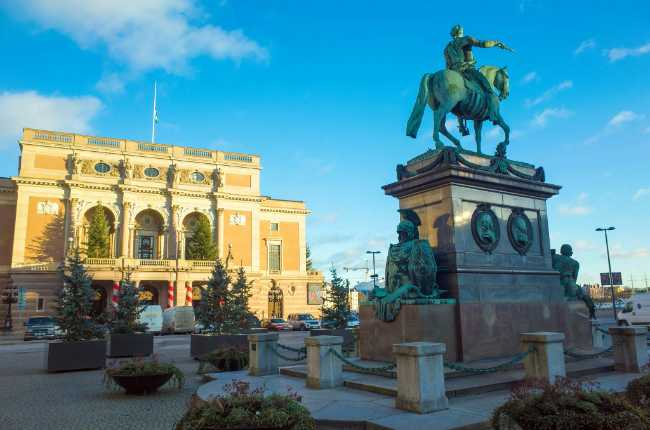
Gustav Adolfs Torg is one of Stockholm’s most historically significant squares, located in the heart of the city. Named after King Gustav II Adolf, it has been a focal point for political and cultural events since the 17th century. At its center stands an impressive equestrian statue of the king, created by French sculptor Pierre Hubert L’Archevêque in 1796, symbolizing Sweden’s military and political legacy. The square is surrounded by key landmarks, including the Royal Swedish Opera, the Ministry for Foreign Affairs, and the Ministry of Defence, making it a hub of governance and the arts. Its proximity to the Riksdag (Parliament) and the Royal Palace further enhances its importance. Over the centuries, Gustav Adolfs Torg has witnessed royal ceremonies, public gatherings, and historical milestones, maintaining its role as a dynamic urban space. Whether admiring its architecture or exploring nearby attractions, visitors can experience a blend of history and modern city life.
Stockholm SwedenGustav Adolfs Torg is a grand and historically significant square in central Stockholm, located near the Norrbro bridge and serving as the city’s traditional point of measurement. Named after King Gustav II Adolf, the square is dominated by Sweden’s first equestrian statue, crafted in 1791, and flanked by two bronze lions. It is surrounded by key landmarks: the Royal Swedish Opera lies to the east, the Ministry of Foreign Affairs and Ministry of Defence are nearby, and just south are the Riksdag (Parliament) Building and the Royal Palace in Gamla Stan. The square is also within walking distance of Kungsträdgården park and the main shopping streets of Norrmalm, making it a central hub for politics, culture, and city life.
 Vasamuseet
Stockholm
Vasamuseet
Stockholm
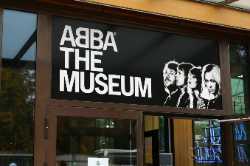 ABBA The Museum
Stockholm
ABBA The Museum
Stockholm
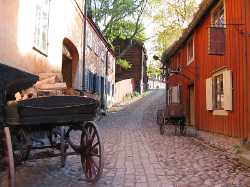 Skansen
Stockholm
Skansen
Stockholm
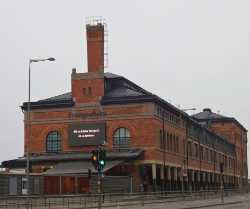 Fotografiska
Stockholm
Fotografiska
Stockholm
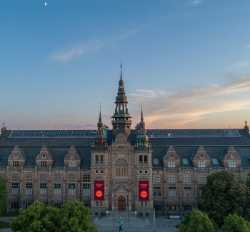 Nordic Museum
Stockholm
Nordic Museum
Stockholm
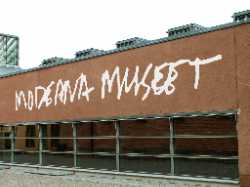 Moderna Museet
Stockholm
Moderna Museet
Stockholm
 Livrustkammaren
Stockholm
Livrustkammaren
Stockholm
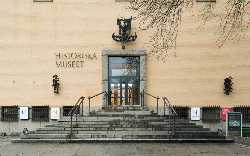 Historiska Museet
Stockholm
Historiska Museet
Stockholm
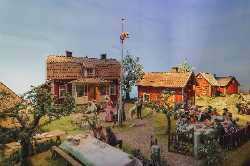 Junibacken
Stockholm
Junibacken
Stockholm
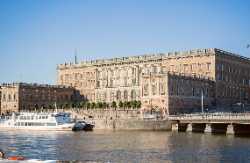 Kungliga Slottet
Stockholm
Kungliga Slottet
Stockholm
 Drottningholms Slott
Stockholm
Drottningholms Slott
Stockholm
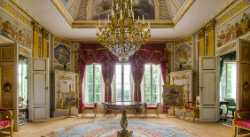 Gripsholm Castle
Stockholm
Gripsholm Castle
Stockholm
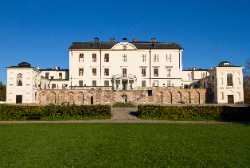 Rosersberg Palace
Stockholm
Rosersberg Palace
Stockholm
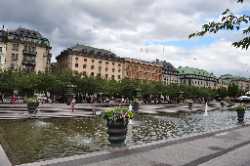 Kungsträdgården
Stockholm
Kungsträdgården
Stockholm
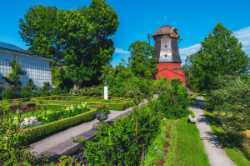 Royal Djurgården
Stockholm
Royal Djurgården
Stockholm
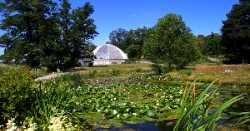 Bergianska trädgården
Stockholm
Bergianska trädgården
Stockholm
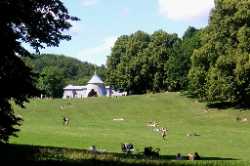 Hagaparken
Stockholm
Hagaparken
Stockholm
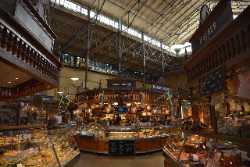 Östermalms Saluhall
Stockholm
Östermalms Saluhall
Stockholm
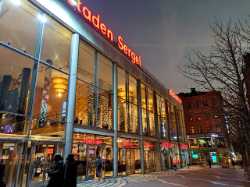 Hötorgshallen
Stockholm
Hötorgshallen
Stockholm
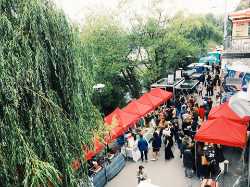 Hornstulls Marknad
Stockholm
Hornstulls Marknad
Stockholm
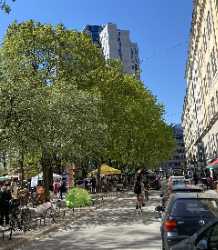 Bondens Egen Marknad
Stockholm
Bondens Egen Marknad
Stockholm
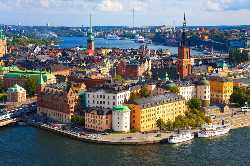 Gamla Stan
Stockholm
Gamla Stan
Stockholm
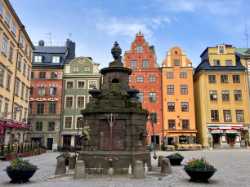 Stortorget
Stockholm
Stortorget
Stockholm
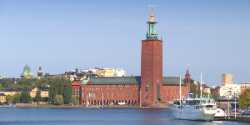 Stadshuset
Stockholm
Stadshuset
Stockholm
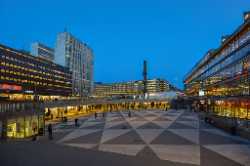 Sergels Torg
Stockholm
Sergels Torg
Stockholm
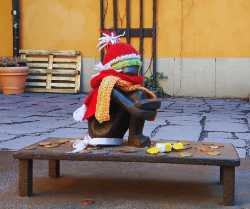 Järnpojke
Stockholm
Järnpojke
Stockholm
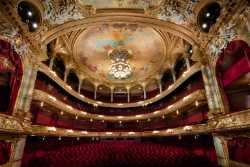 Royal Swedish Opera
Stockholm
Royal Swedish Opera
Stockholm
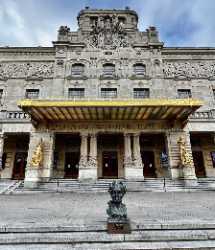 Royal Dramatic Theatre
Stockholm
Royal Dramatic Theatre
Stockholm
 Kulturhuset Stadsteatern
Stockholm
Kulturhuset Stadsteatern
Stockholm
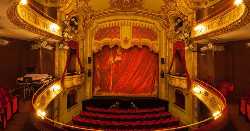 Södra Teatern
Stockholm
Södra Teatern
Stockholm
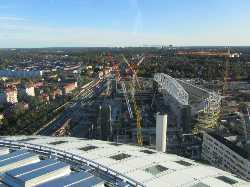 SkyView
Stockholm
SkyView
Stockholm
 Gröna Lund
Stockholm
Gröna Lund
Stockholm
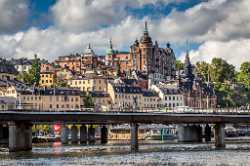 Södermalm
Stockholm
Södermalm
Stockholm
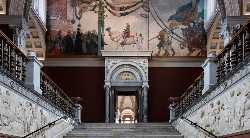 Nationalmuseum
Stockholm
Nationalmuseum
Stockholm
 Viking Museum
Stockholm
Viking Museum
Stockholm
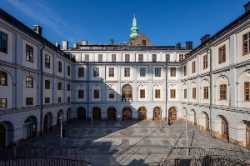 Stockholm City Museum
Stockholm
Stockholm City Museum
Stockholm
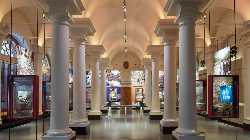 The Nobel Prize Museum
Stockholm
The Nobel Prize Museum
Stockholm
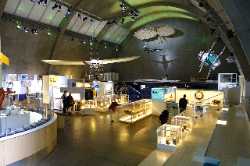 Tekniska museet
Stockholm
Tekniska museet
Stockholm
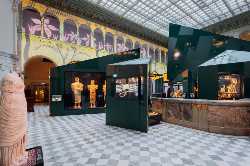 Medelhavsmuseet
Stockholm
Medelhavsmuseet
Stockholm
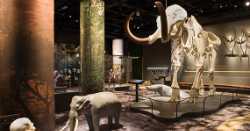 Naturhistoriska riksmuseet
Stockholm
Naturhistoriska riksmuseet
Stockholm
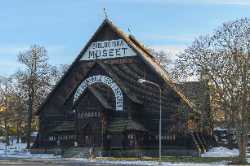 Biologiska museet
Stockholm
Biologiska museet
Stockholm
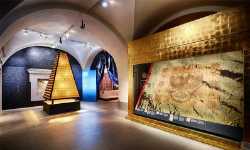 Armémuseum
Stockholm
Armémuseum
Stockholm
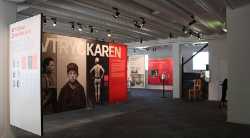 Polismuseet
Stockholm
Polismuseet
Stockholm
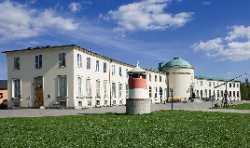 Sjöhistoriska museet
Stockholm
Sjöhistoriska museet
Stockholm
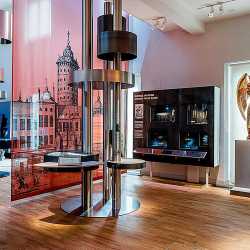 Ekonomiska museet
Stockholm
Ekonomiska museet
Stockholm
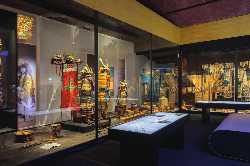 Etnografiska museet
Stockholm
Etnografiska museet
Stockholm
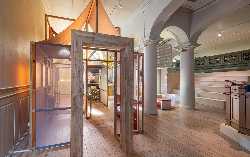 Judiska museet
Stockholm
Judiska museet
Stockholm
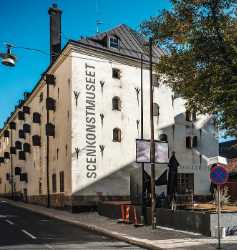 Scenkonstmuseet
Stockholm
Scenkonstmuseet
Stockholm
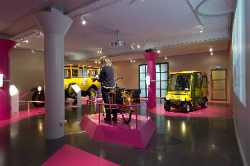 Postmuseum
Stockholm
Postmuseum
Stockholm
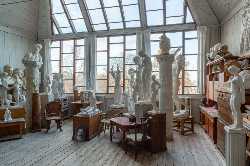 Carl Eldhs Ateljémuseum
Stockholm
Carl Eldhs Ateljémuseum
Stockholm
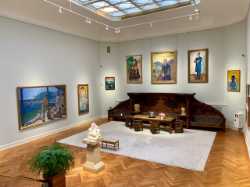 Thielska Galleriet
Stockholm
Thielska Galleriet
Stockholm
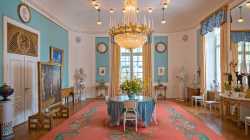 Prince Eugen’s Waldemarsudde
Stockholm
Prince Eugen’s Waldemarsudde
Stockholm
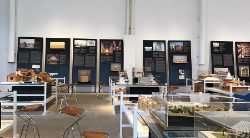 Swedish Centre for Architecture and Design
Stockholm
Swedish Centre for Architecture and Design
Stockholm
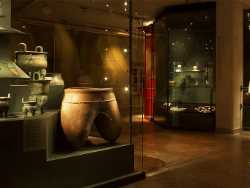 Östasiatiska museet
Stockholm
Östasiatiska museet
Stockholm
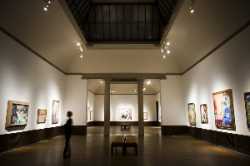 Liljevalchs Konsthall
Stockholm
Liljevalchs Konsthall
Stockholm
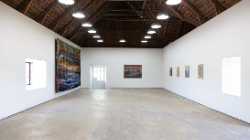 Galleri Magnus Karlsson
Stockholm
Galleri Magnus Karlsson
Stockholm
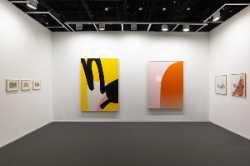 Andréhn-Schiptjenko
Stockholm
Andréhn-Schiptjenko
Stockholm
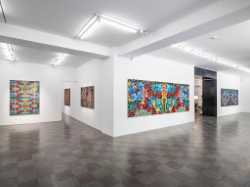 Wetterling Gallery
Stockholm
Wetterling Gallery
Stockholm
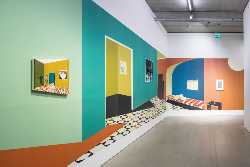 Bonniers Konsthall
Stockholm
Bonniers Konsthall
Stockholm
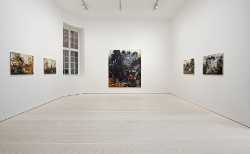 Galleri Forsblom
Stockholm
Galleri Forsblom
Stockholm
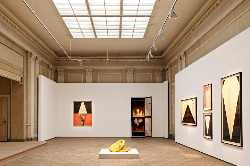 CFHILL Art Space
Stockholm
CFHILL Art Space
Stockholm
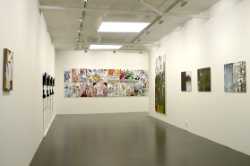 Galleri Flach
Stockholm
Galleri Flach
Stockholm
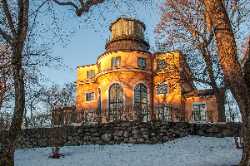 Stockholm Old Observatory
Stockholm
Stockholm Old Observatory
Stockholm